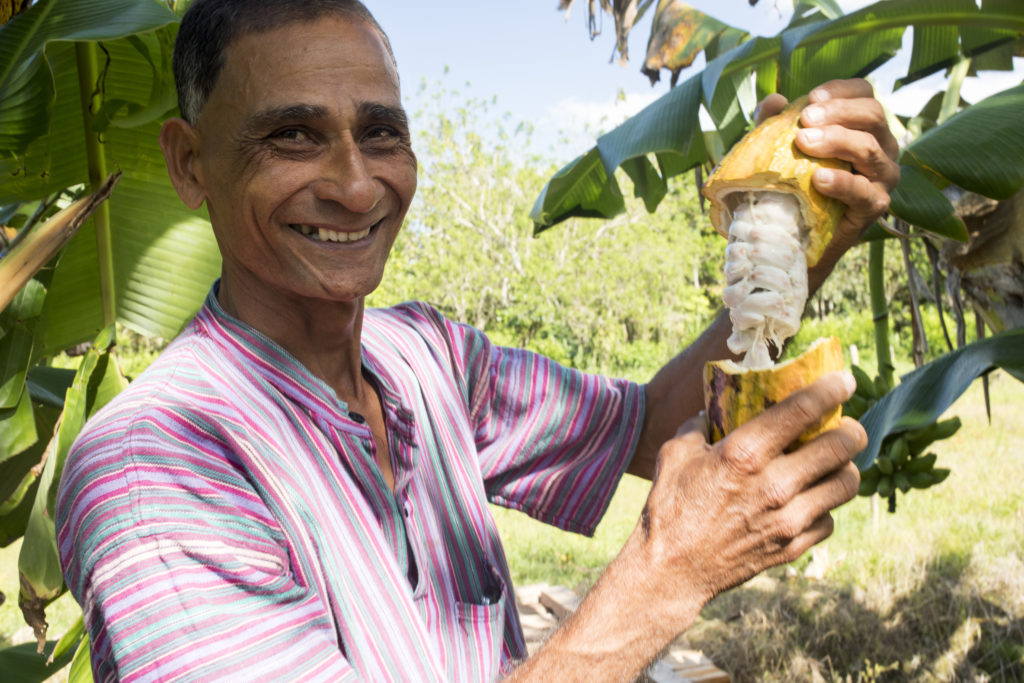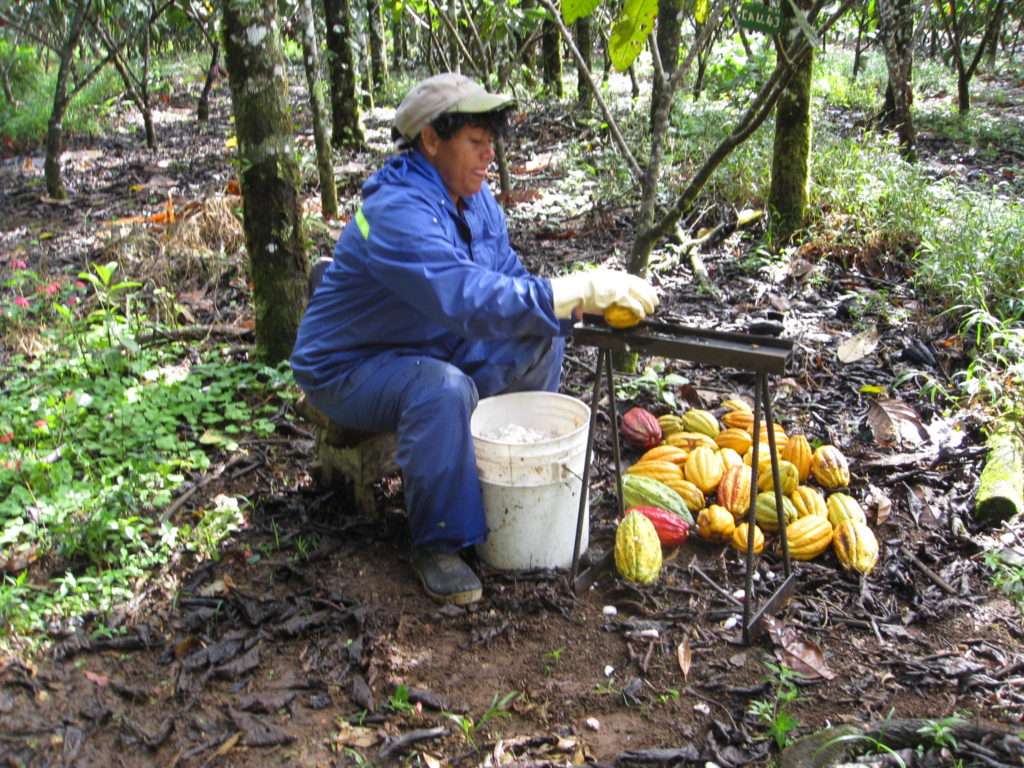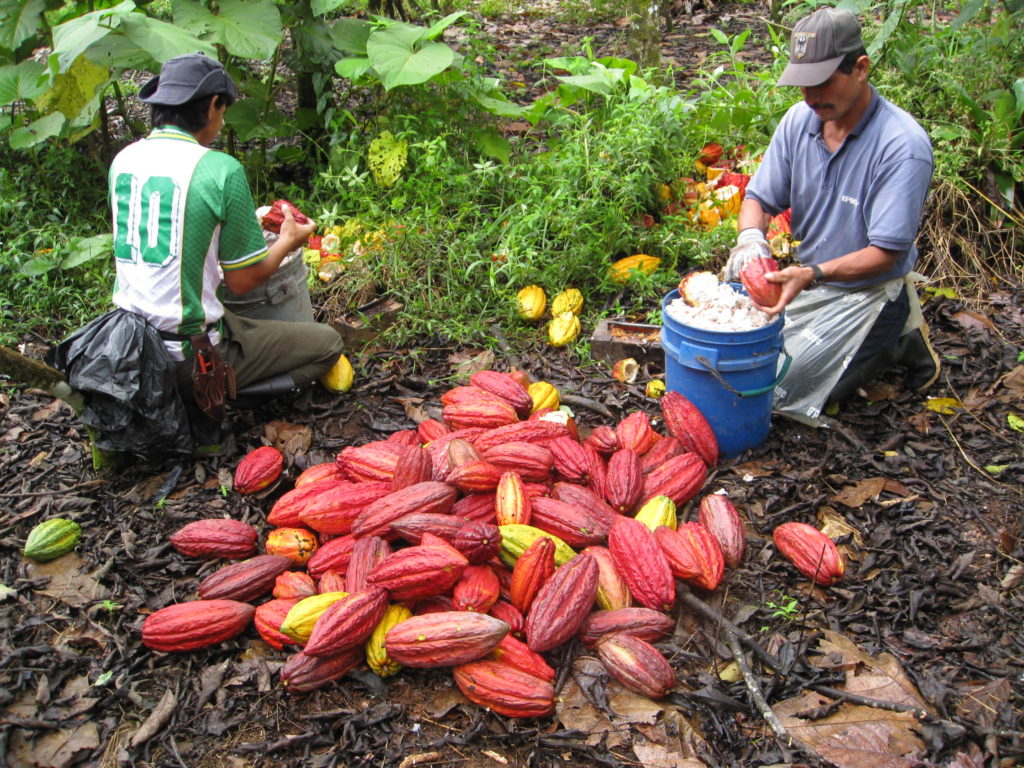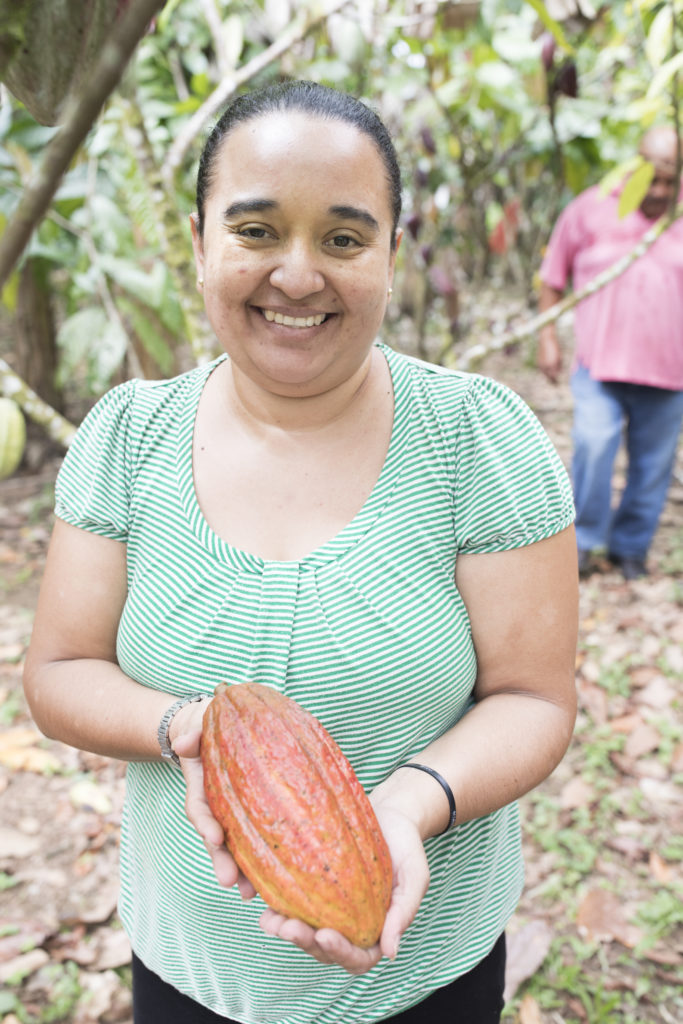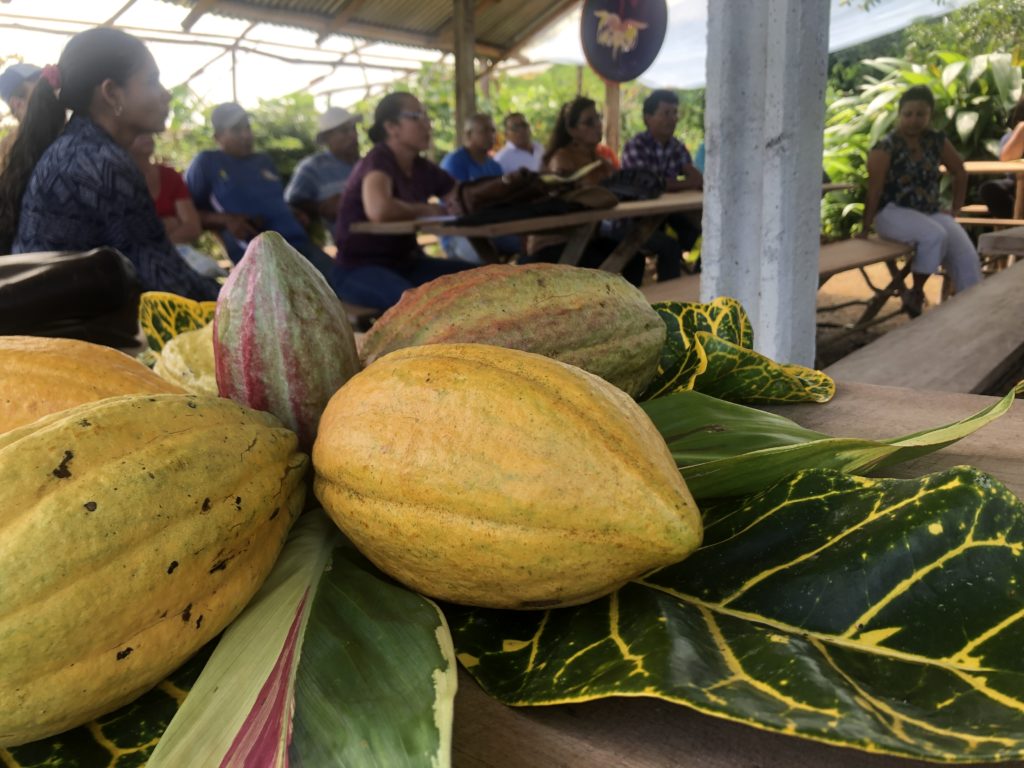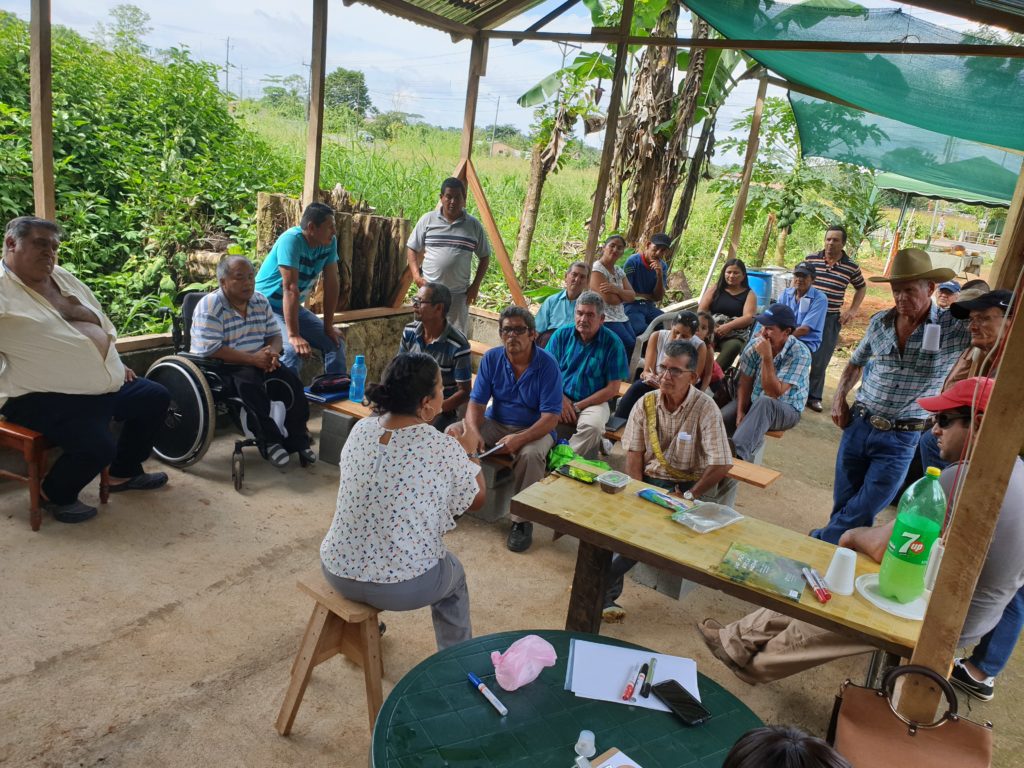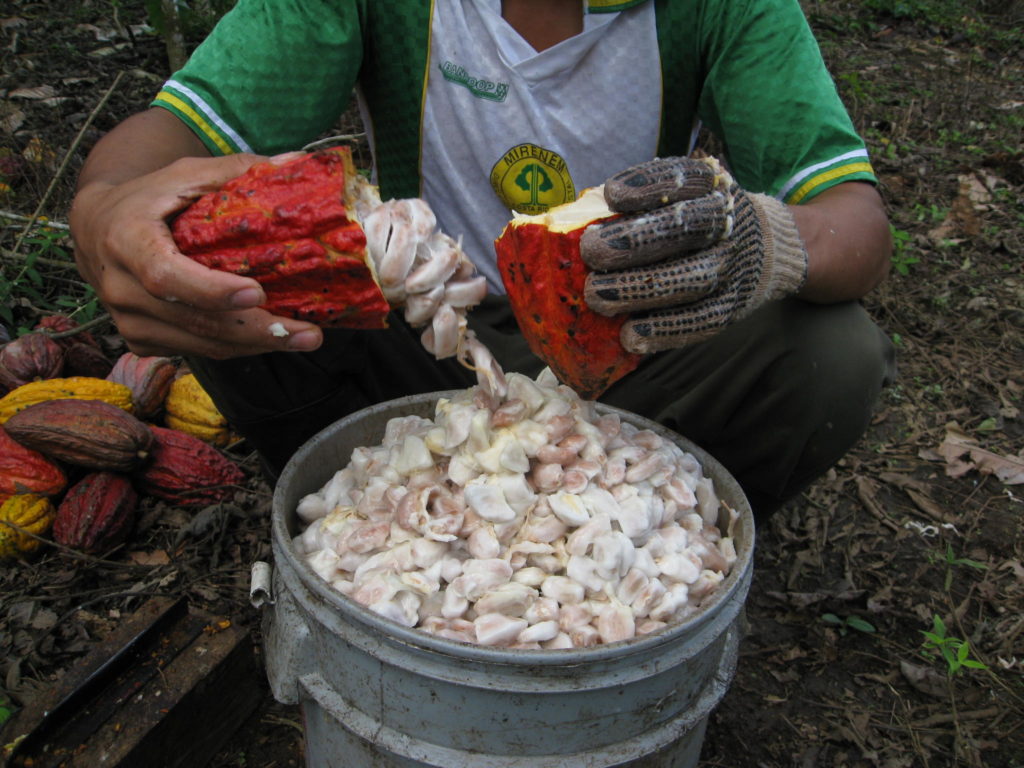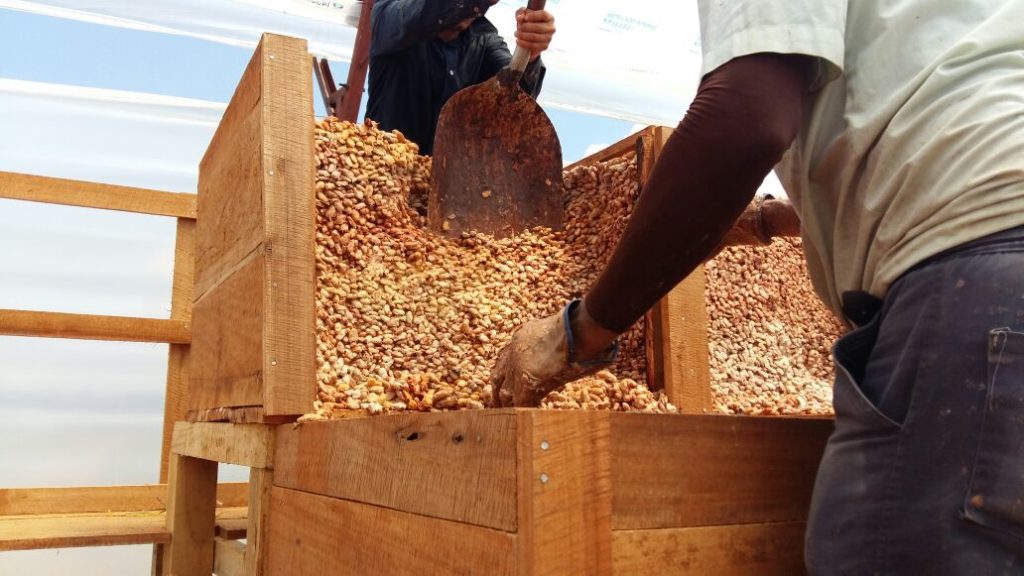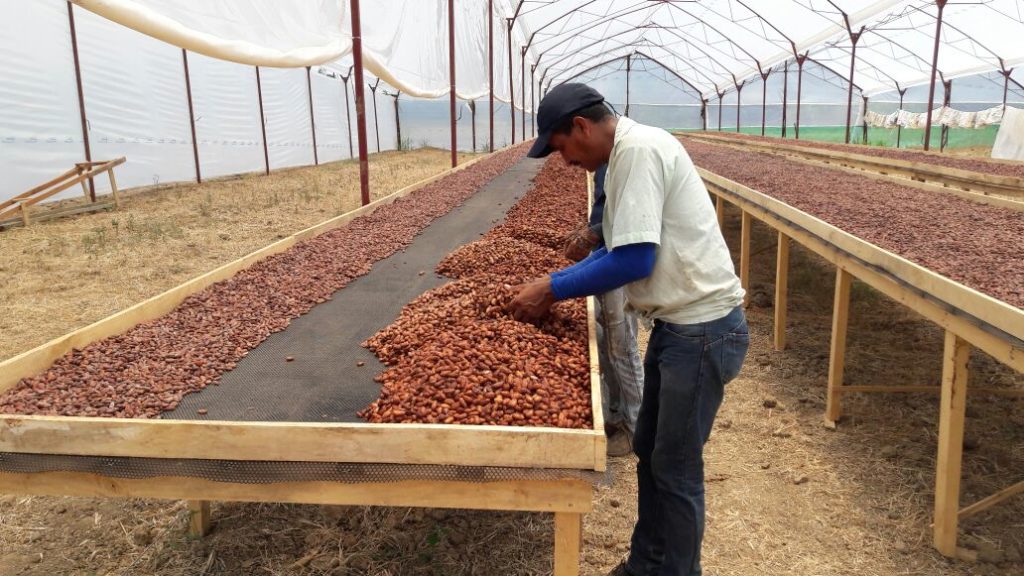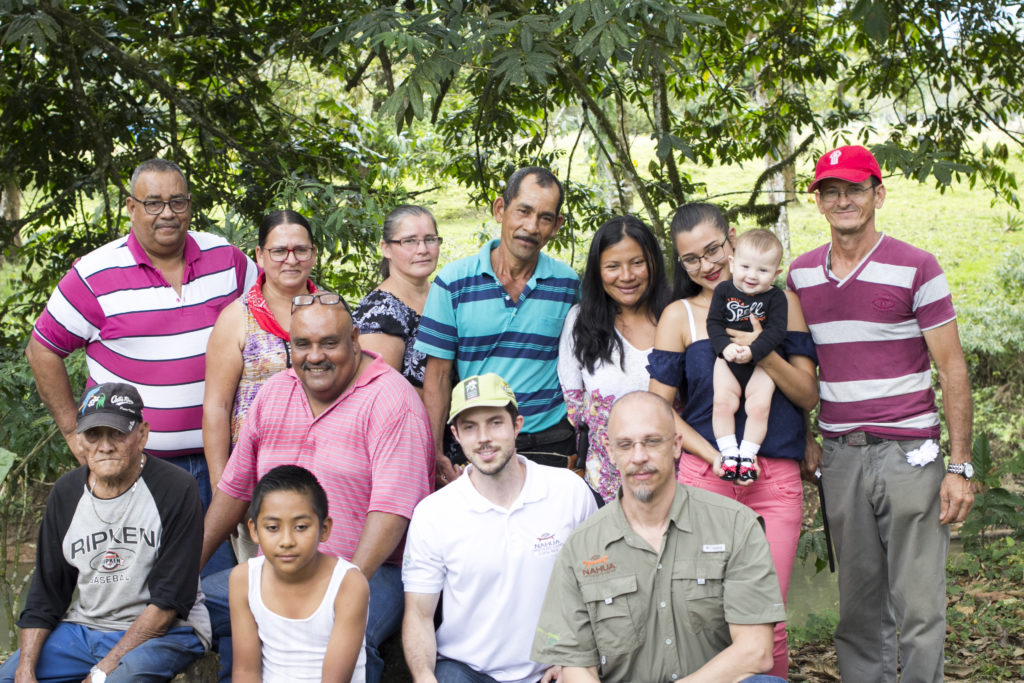At a Glance
- Population: 5 million
- Capital: San José
- Rural Population: 20%
- Median Age: 33 years
- Cocoa Production: 545 tons/year
- Production ranking: 38th
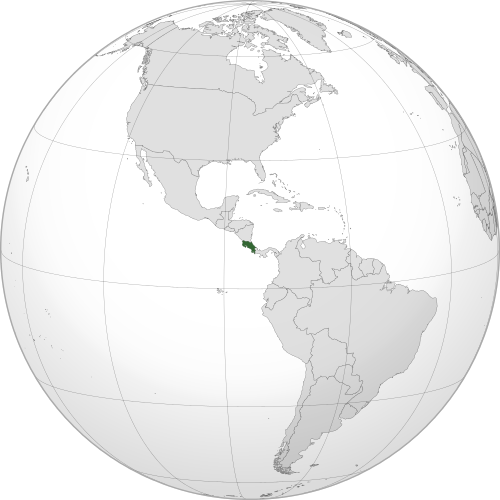
History of Cocoa
Costa Rica was an important cocoa producer with records dating back to colonial times. Since the late 1800s, several farms were developed on the Atlantic slope of Costa Rica, giving rise to a period of the boom of the crop that was marketed by the Atlantic port.
In the 1930s, plantations were expanded, with genetic material developed from trinitarian clones, in the Huetar Caribe, Huetar Norte, and Brunca areas, due to the improvement in export prices, mainly to Switzerland, Germany and the United States.
The years of greatest glory were between the 1960s and 1970s, but by the end of the latter decade, production fell sharply with the spread of the cocoa monilia (Moniliophthora roreri). At the same time, a time of low prices and other problems associated with planting materials motivated the abandonment of plantations and crop changes have given the incentives of the public sector.
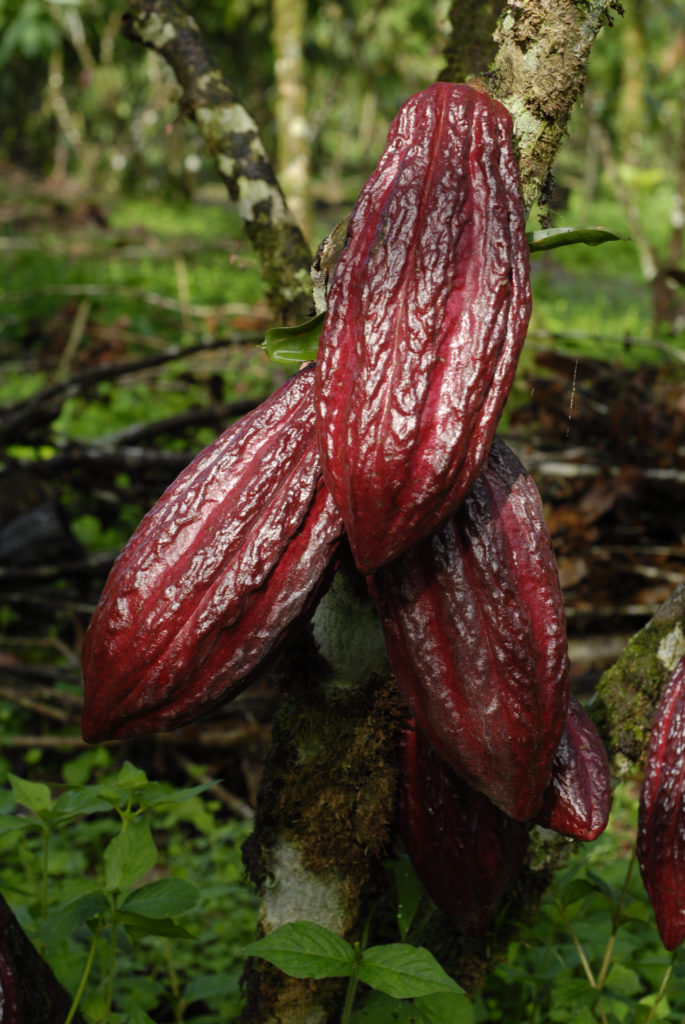
Flavor Attributes
The cocoa prevalent in Costa Rica are composed mainly of hybridization of Trinitarian and Criollo clones. The result is a rich cocoa with distictive attributes:
- Color: medium brown with a rich depth of color, including traces of yellow tones.
- Aroma: soft but rich chocolate base with notes of red fruits and wood.
- Taste: Early acidity of fresh fruit that highlights berries, currants, and raspberries. This is followed by a soft and balanced chocolate note that combines citrus and a ripe low mango with chocolate notes. The bitterness and astringency are balanced. The finish is very durable and has a bittersweet character of raisins/plums.
In general, the cocoa and chocolate beans of Costa Rica are recognized for their fruit and flower flavor profile. Often identifiable by pronounced olive notes and other accents that come together, such as tropical fruits, spices (nutmeg/cinnamon), wood, and peat.
Farming Systems
There are three main cocoa production areas in Costa Rica: Huetar Caribe (east), Huetar Norte (north), and Brunca (southeast). The production areas vary widely from low-lying coastal areas to higher elevation mountain regions. Smallholder farmers with non-genetically identified trees and larger commercial operations comprise the production system. More than 40 organizations provide inputs and services that directly affect the cocoa value chain, and also the government provides technical assistance to cocoa producers.
Harvesting & Marketing
More than 80 percent of cocoa produced in Costa Rica is exported, with a preference for quality. However, fermentation, drying, and storage activities take place in-country. The vast majority of trade occurs directly between partners instead of on commodity markets. Apart from large multi-national organizations, there is a growing number of specialty bean-to-bar producers that import directly from the country. Costa Rican cocoa is internationally recognized as 100% fine and flavor cocoa with a higher value due to its original and quality.
HCP Designee in Costa Rica
HCP #6: Terciopelo Cacao, Coto Brus, Costa Rica
Terciopelo Cacao has been in production in the southern part of Costa Rica near the town of San Vito since March 2007. Owners Keli and James Carouba bought the largest cacao plantation on the Pacific side of Costa Rica and with the help of local farmers and Dan O’Doherty, owner and president of Cacao Services Agricultural & Scientific Consulting, have expanded the plantation with heirloom designated cacao varieties.
In 2018, Terciopelo Cacao was awarded an HCP grant funded by Penn State University to propagate their Heirloom designated cacao. The Carouba’s will expand the farm’s acreage by identifying the most productive, flavorful and disease resistant trees to use as mother trees for propagating their heirloom cacao. In 2019, 1,200 heirloom trees will be planted at experimental plots and new clonal garden.
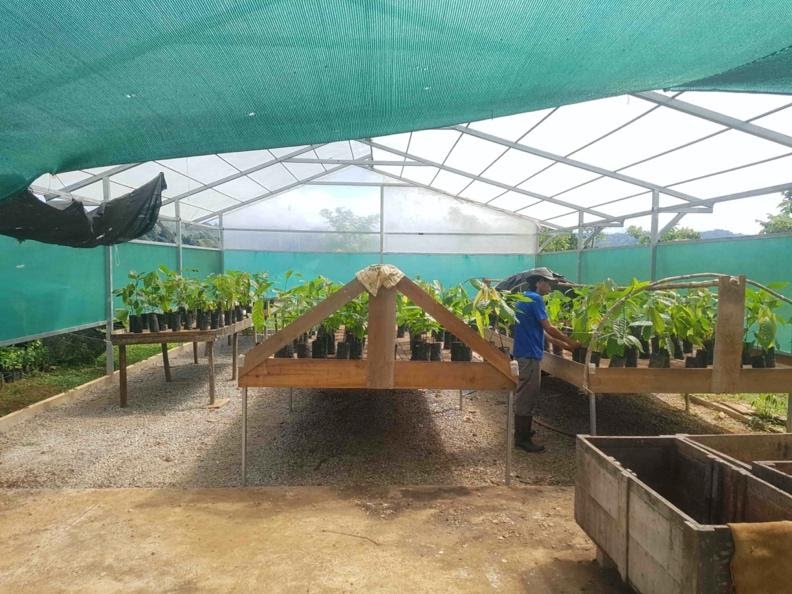
Photo Credit: James Carouba
Contacts in Country
Juan Pablo Büchert
Founder & CEO | Nahua Cacao & Chocolate
Plaza Los Arcos
Heredia, Costa Rica
Phone: +506 4702-7402
Mobile: +506 8827-8538
www.Nahua.cr

